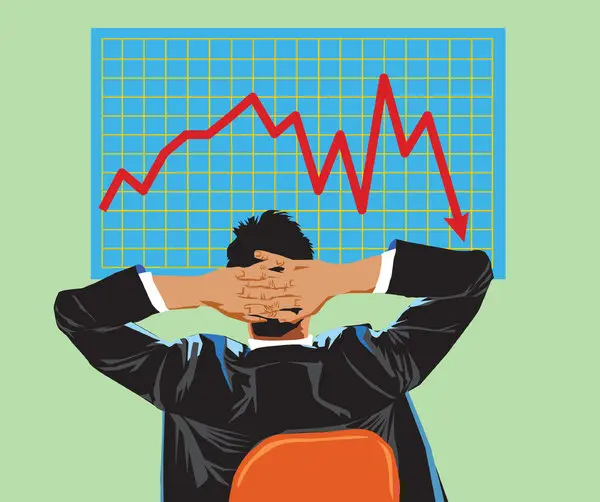The dollar is weakening this week. Markets are increasingly talking about the possibility that the pace of US interest rate hikes will slow down. This view is underpinned by a range of weak U.S. economic data. Sentiment indicators fell short of expectations, and the weekly U.S. mortgage application index fell for the fifth straight week. Fixed rates on 30-year loans have risen above 7%, cooling borrowing demand. After that, I would like to see the changes in the US employment statistics and inflation indicators. At this stage, it is a forward-looking market price. Following the Bank of Australia’s decision, the Bank of Canada’s interest rate hike last night was lower than market expectations.
While the dollar exchange rate is trending toward a weaker dollar, the appreciation of the yen is gaining momentum at the same time. The government and the Bank of Japan’s strong intervention stance is creating a psychological barrier against the dollar-yen exchange rate of 150 yen. In addition, although the Bank of Japan is expected to continue easing at tomorrow’s decision-making meeting, speculation about raising the price outlook is becoming a hot topic. It seems that the funds, which show agile movements, are lightening their yen-selling positions.
The results of the ECB Governing Council meeting will be announced today. Market consensus is for a 75 basis point hike. It is expected that the European economy will be in a severe situation in the winter due to the impact of the energy crisis. ECB President Christine Lagarde’s press conference will again push inflation control to the forefront, which could add buying pressure to the euro.
However, the market is centered on the dollar exchange rate, and it is likely to react strongly to results such as US GDP preliminary figures and related indicators, durable goods orders, and the number of new unemployment insurance applications. There is a possibility that the price movement of the euro alone will be overshadowed by the fact that it will be intertwined with events related to the ECB Governing Council.
The US dollar continues to sell. First of all, we plan to consider the entry if there is a big flow after ascertaining the euro’s trend at the ECB board meeting.


